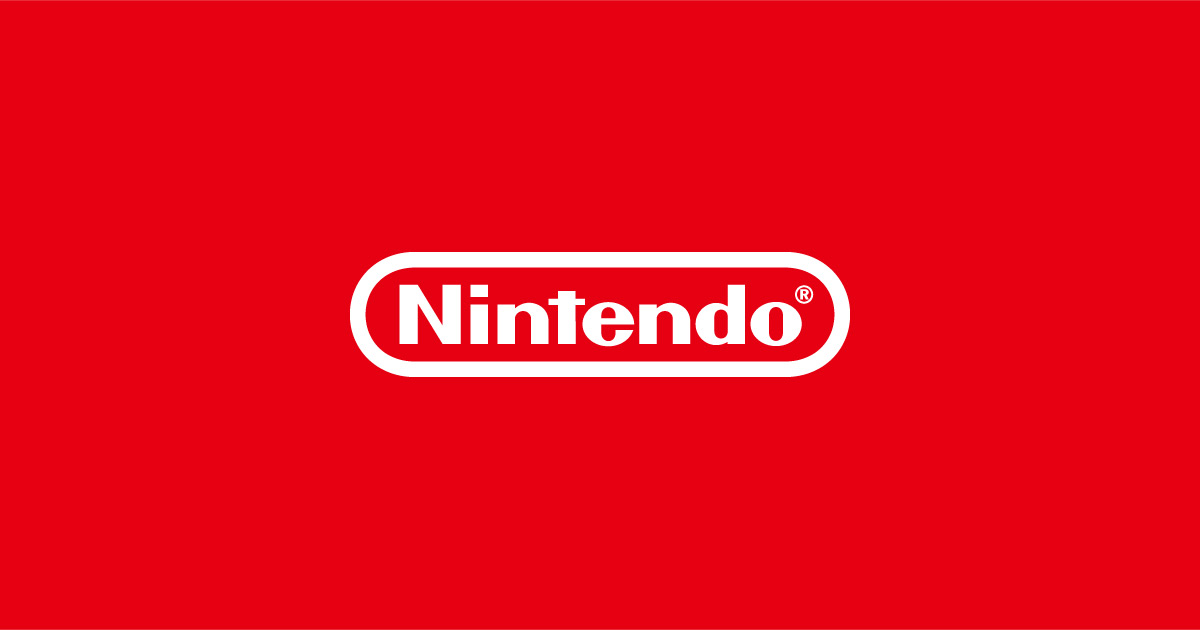In a rare glimpse into the business mechanics of early video game publishing, Yoshiki Okamoto—the renowned producer behind Street Fighter II and longtime Capcom developer—has provided new details on how Nintendo structured its NES cartridge revenue model during the 1980s.
These revelations, which come directly from Okamoto's decades of industry experience, highlight the competitive dynamics that shaped the publisher-developer relationships in the formative years of console gaming. During the Nintendo Entertainment System (NES) era, Nintendo exerted significant control over the distribution and production of game cartridges.
As Okamoto detailed, Nintendo’s unique business model meant it was the only party ensured a consistent source of revenue from each NES game sold, regardless of how any particular title performed in the marketplace.
Publishers like Capcom were required to finance the production of cartridges themselves, often resorting to bank loans to cover the upfront costs.
Manufacturing would only commence upon receipt of full payment, and delivery typically took between one and a half to three months. Okamoto offered a precise financial breakdown using a 10,000 yen NES game as an example: out of the 10,000 yen retail price, 3,000 yen was taken by retailers, 4,000 yen went to the publisher, and the remaining 3,000 yen went to Nintendo.
Of Nintendo’s share, about half—1,500 yen—was paid to manufacturing contractors, leaving Nintendo with a net profit of 1,500 yen per cartridge.
Notably, Nintendo shouldered no responsibility for unsold inventory; the financial risk for any overproduction or unsold stock rested solely with the publishers, adding another layer of risk to third-party development for the platform. By contrast, Okamoto explained that the economics shifted dramatically with the advent of PlayStation.
When Capcom published PlayStation titles, the cost per disc to Sony Interactive Entertainment was significantly lower—just 1,800 yen, with a mere 200 yen representing manufacturing costs and 1,600 yen as Sony’s fee.
Crucially, Sony accommodated returns for surplus inventory; if a game failed to sell, Sony would refund the 1,600 yen per unsold disc, lowering the risk for publishers and developers considerably. Okamoto attributed much of Capcom’s increased profitability in the late 1990s to Sony’s more flexible business model.
He stated that the comparatively lower production costs and reduced risks were key factors behind the migration of many third-party developers from Nintendo’s ecosystem to PlayStation.
This shift was instrumental in reshaping the competitive landscape of the video game industry, leading to the rapid growth of PlayStation’s third-party lineup and an evolution in how companies like Capcom approached game development and distribution. The insights from Okamoto provide historical context to modern digital distribution via Nintendo Switch’s eShop and other contemporary platforms, where developers now face fewer logistical hurdles and financial risks.
These industry transformations illustrate how changes in business models can fundamentally alter the creative and financial environment for game developers worldwide.
These revelations, which come directly from Okamoto's decades of industry experience, highlight the competitive dynamics that shaped the publisher-developer relationships in the formative years of console gaming. During the Nintendo Entertainment System (NES) era, Nintendo exerted significant control over the distribution and production of game cartridges.
As Okamoto detailed, Nintendo’s unique business model meant it was the only party ensured a consistent source of revenue from each NES game sold, regardless of how any particular title performed in the marketplace.
Publishers like Capcom were required to finance the production of cartridges themselves, often resorting to bank loans to cover the upfront costs.
Manufacturing would only commence upon receipt of full payment, and delivery typically took between one and a half to three months. Okamoto offered a precise financial breakdown using a 10,000 yen NES game as an example: out of the 10,000 yen retail price, 3,000 yen was taken by retailers, 4,000 yen went to the publisher, and the remaining 3,000 yen went to Nintendo.
Of Nintendo’s share, about half—1,500 yen—was paid to manufacturing contractors, leaving Nintendo with a net profit of 1,500 yen per cartridge.
Notably, Nintendo shouldered no responsibility for unsold inventory; the financial risk for any overproduction or unsold stock rested solely with the publishers, adding another layer of risk to third-party development for the platform. By contrast, Okamoto explained that the economics shifted dramatically with the advent of PlayStation.
When Capcom published PlayStation titles, the cost per disc to Sony Interactive Entertainment was significantly lower—just 1,800 yen, with a mere 200 yen representing manufacturing costs and 1,600 yen as Sony’s fee.
Crucially, Sony accommodated returns for surplus inventory; if a game failed to sell, Sony would refund the 1,600 yen per unsold disc, lowering the risk for publishers and developers considerably. Okamoto attributed much of Capcom’s increased profitability in the late 1990s to Sony’s more flexible business model.
He stated that the comparatively lower production costs and reduced risks were key factors behind the migration of many third-party developers from Nintendo’s ecosystem to PlayStation.
This shift was instrumental in reshaping the competitive landscape of the video game industry, leading to the rapid growth of PlayStation’s third-party lineup and an evolution in how companies like Capcom approached game development and distribution. The insights from Okamoto provide historical context to modern digital distribution via Nintendo Switch’s eShop and other contemporary platforms, where developers now face fewer logistical hurdles and financial risks.
These industry transformations illustrate how changes in business models can fundamentally alter the creative and financial environment for game developers worldwide.






